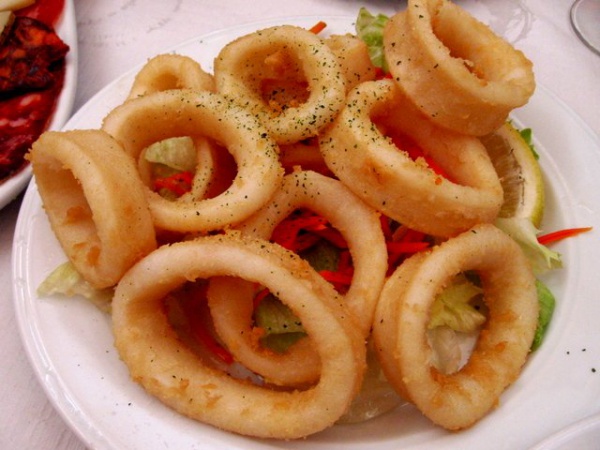Facts About Squid
Squid is a versatile seafood beloved in cuisines around the world. In English-speaking countries, squid dishes are often referred to as "calamari." Depending on the region, you'll find squid prepared in unique and delightful ways. For instance, in the Mediterranean, it is commonly fried. In Lebanon and Syria, it is often served with tartare sauce, while in New Zealand, Australia, and South Africa, you can find it in fish and chip shops. In North America, fried squid is a popular choice at seafood restaurants.
Squid can be enjoyed in various forms. In Korea, it is sometimes eaten raw. It is also a staple in sushi, sashimi, and tempura. You might find it grilled, stuffed, or incorporated into stir-fries, rice, and noodle dishes.
In Asia, countries like China, Thailand, Japan, and Korea frequently use squid in their cuisine. Koreans serve it fresh, marinated, grilled, or included in dishes like seafood pancakes and spicy soups. In the Philippines, it is cooked in adobo sauce or served as battered rings known as calamares.
Southern Europe also has a fondness for squid. In Spain and Italy, fried calamari is a favorite. In Portugal, you’ll find it grilled, stewed, or stuffed with minced meat. In Russia, squid often appears in salads or is stuffed with rice and vegetables.
In North America, fried calamari is a cherished appetizer, typically served with dips like marinara or tartar sauce. The United States has even made efforts to popularize calamari consumption by creating various squid-based dishes over the years. The term "calamari" itself is derived from different languages, referencing the squid's ability to produce ink.
Nutritionally, squid is an excellent choice. It is rich in protein, phosphorus, and omega-3 fatty acids, making it a healthy addition to your diet. However, be aware that some people are allergic to calamari, likely due to tropomyosin, a common allergen found in mollusks.

 North Korea
North Korea